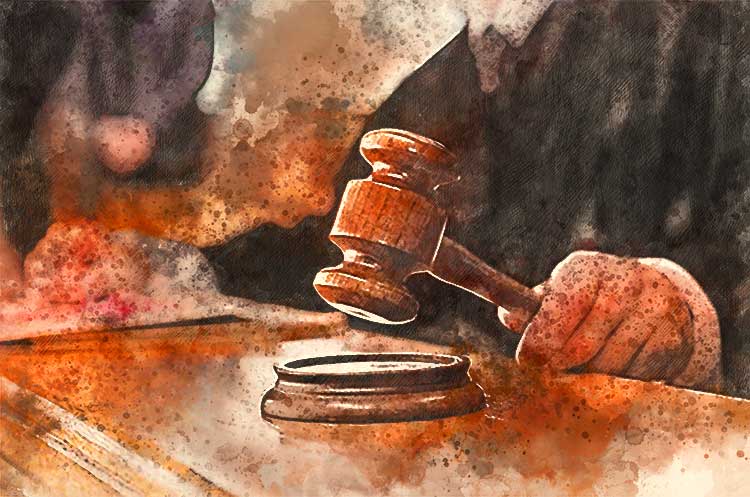In his writing The Cultural Limits of Legal Tolerance, Benjamin L. Berger examines the idea of multiculturalism and pluralism in the context of Canadian law. Although, like most other liberal democracies, there is a claim of ideas of religious pluralism, religious freedom, and multiculturalism being inherent in the democratic identity of Canada; the law’s approach contains contradictory elements that questions the possibility of religious pluralism. The rest of this writing further elaborates on the author’s findings.
First of all, juridical and academic approaches to addressing religious diversity “fail to see that the constitutional rule of law is itself a cultural system, that is, an interpretive horizon, composed of sets of symbols categories of thought, and particular practices that lend meaning to experience”. Thus, there is an assumption that law somehow transcends culture and acts as “the curator, rather than a component, of cultural pluralism”. Secondly, since law hides its own cultural force, the category “religion” becomes a cultural difference that becomes the object of law’s scrutiny. In other words, perceiving law as autonomous, universal, and transparent makes religion, not law, the problem.
A common proposal to ease the tensions that occur during cross-cultural encounters have been dialogical engagement. However, scholars like Fred Dallmayr argues that such engagement demands parties for a type of “caring respect” and “agonist in mutuality” in which each party is open to undergoing a mutual learning process in which they are open to self-critique. But, the aforementioned stance that law has, that is acting as being the curator, rather than component, of cultural difference, hinders the possibility of dialogical engagement.
When it comes to Canadian law, which supposedly protects religious freedom, freedom of religion revolves around the notion of tolerance. In Syndicat Northcrest v. Amselem, [2004] 2 S.C.R. 551, the Supreme Court of Canada explained that “respect for and tolerance of the rights and practices of religious minorities is one of the hallmarks of an enlightened democracy” and that “mutual tolerance is one of the cornerstones of all democratic societies”. However, the Supreme Court has also added a second feature to its aspiration of tolerance: “Limits on freedom of religion may be justified in order to protect broad social interests or preserve the rights of others”. So when a particular instance of religious pluralism is to be deemed problematic, then the law asks whether the tolerance of this culture is to be justified. In other words, “the law assesses whether the religious expression in question has deviated—and if so, how much—from ‘acceptable religion’”.
Berger proceeds to provide two examples draw from jurisprudence in which religion “wins” in one and “loses” in another.
In the first example, Multani, an Orthodox Sikh boy, feels that his faith requires him to wear a kirpan, a small ceremonial dagger, at all times. However, his school feels threatened by this due to certain safety concerns. Eventually the Court concludes that since there has never been kirpan-related violence and that Multani agreed to wrap and wear it under his clothes, the safety concern is to be dismissed as ill-founded. Notice how the reasoning involves the question whether the act threatens the autonomy of others and whether it threatens any of the values of the commitments of the rule of law. So, Multani’s religion is tolerated precisely because “it ought not to be of genuine public concern”.
On the other hand, in another case, the religious liberties of Jehovah’s Witness parents were interfered by overriding their decision to not permit a blood transfusion of their infant child. According to the judges, “the child never expressed any agreement with the Jehovah’s Witness faith”. Thus, tolerance is invoked as long as the religious beliefs comply with law’s perception of religion as dominantly a private issue. The second example portrays how law’s tolerance “may run out precisely at the point where it matters most to the religious culture” and presents how the posture of tolerance and multiculturalism “collapses into one that is assimilationist or conversionary”.

Leave a comment